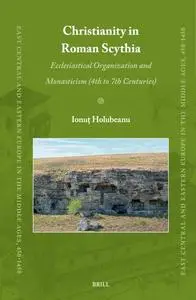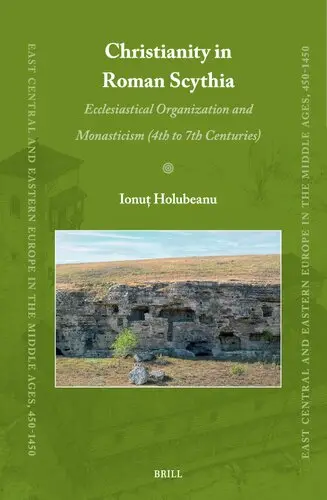Christianity in Roman Scythia: Ecclesiastical Organization and Monasticism (4th to 7th Centuries)
Ionuț Holubeanu
English | 2024 | ISBN: 9004690298 | 503 Pages | True PDF | 51 MB
Ionuț Holubeanu
English | 2024 | ISBN: 9004690298 | 503 Pages | True PDF | 51 MB
At present, there is no scholarly consensus on the ecclesiastical organization in the Roman province of Scythia (4th-7th centuries). This volume proposes a new interpretation of some of the historical evidence concerning the evolution of the see of Tomi: a great metropolis, first with suffragan bishoprics outside Roman Scythia and then inside it, and later an autocephalous archbishopric.
Though there are also many unclear aspects regarding the evolution of monastic life in the province, this book reveals that, in contrast with the development of the monastic infrastructure in Roman Scythia, a spiritual decline began in the mid-5th century.



